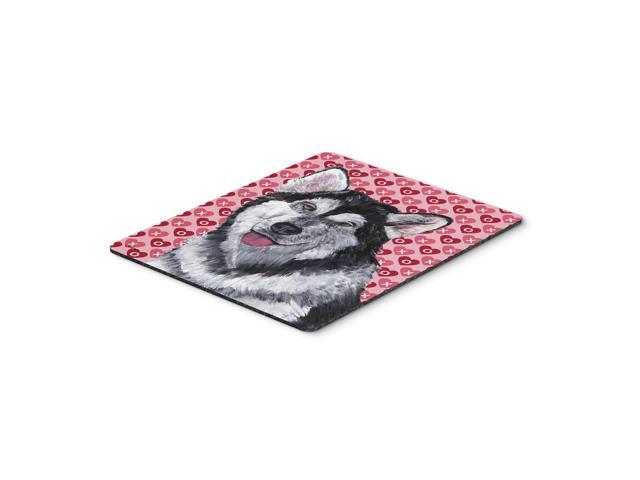Excerpt from The National Standard Squab Book: A Practical Manual Giving Complete and Precise Directions for the Installation and Management of a Successful Squab Plant; Facts From Experiences of Many
This Manual or Handbook on Squabs is written to teach people, beginners mostly, not merely how to raise squabs, but how to conduct a squab and pigeon business successfully. We have found breeders of squabs who knew how to raise them fairly well and took pleasure in doing so, but were weak on the business end of the industry. The fancier, who raises animals because he likes. Their looks or their actions, or because he hopes to beat some other fancier at an exhibition, is not the’ man for whom we have written this book. We have developed Homer pigeons andthe Homer pigeon industry solely because they are staples, and the squabs they produce are staples, salable in any market at a remunerative price. The success of squabs as we exploit them depends on their earning capacity. They are a matter of business. Our development of squabs is based on the fact that they are good eating, that people now are in the habit of asking for and eating them, that there is a large traffic in them which may be pushed to an enormous extent without weakening either the market or the price. If, as happens in this case, pigeons are a beautiful pet stock as well as money makers, so much the better, but we never would breed anything not useful, salable merely as pets. It is just as easy to pet a practical animal as an impractical animal, and much more satisfying.
About the Publisher
Forgotten Books publishes hundreds of thousands of rare and classic books. Find more at www.forgottenbooks.com
This book is a reproduction of an important historical work. Forgotten Books uses state-of-the-art technology to digitally reconstruct the work, preserving the original format whilst repairing imperfections present in the aged copy. In rare cases, an imperfection in the original, such as a blemish or missing page, may be replicated in our edition. We do, however, repair the vast majority of imperfections successfully; any imperfections that remain are intentionally left to preserve the state of such historical works.















